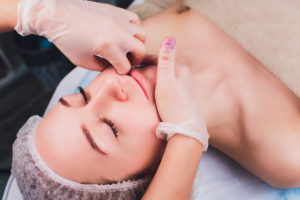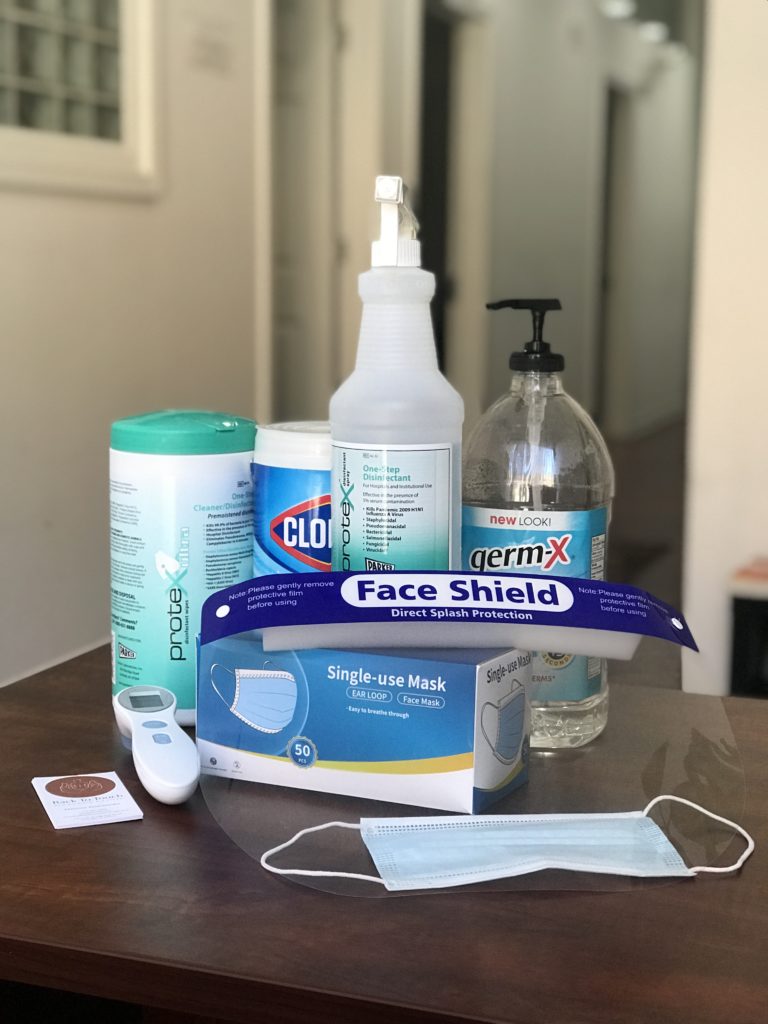 There are many benefits of TMJ massage but pain relief is one of the most notable and sought-after.
There are many benefits of TMJ massage but pain relief is one of the most notable and sought-after.
According to the National Institute of Dental and Craniofacial Research (NIDCR), around 10 million people in the United States suffer from TMJD, and it is more common in women than in men. TMJD can have a significant impact on a person’s quality of life, leading to chronic pain, sleep disturbances, and depression.
What is TMJ and what does it do
The temporomandibular joint (TMJ) is one of the most complex joints in the body, allowing us to perform a wide range of movements that are essential for eating, speaking, and expressing emotions. This joint is supported by muscles, ligaments, and a cartilaginous disc that cushions the joint and prevents bone-to-bone contact. The TMJ also houses nerves and blood vessels that supply the muscles and tissues around it. It’s the hinge joint that connects the jawbone to the skull, allowing us to move our jaw up and down, side to side, and forward and backward.
What is TMJ Disorder and what causes it
TMJ disorder, also known as TMJD, occurs when there is a problem with the joint or the muscles that control it. In this article, we will explore the benefits of TMJ massage for those who suffer from TMJD.TMJD is a condition that affects the TMJ and the surrounding muscles and tissues. There are several causes of TMJD, including:
- Injuries to the jaw or face
- Arthritis or other joint disorders
- Teeth grinding or clenching
- Stress and anxiety
- Malocclusion or misaligned teeth
- Poor posture
Symptoms of TMJD
Numerous symptoms accompany temporomandibular joint disorder (TMJD) for those affected by it. Among these symptoms are:
- Pain or tenderness in the jaw joint, face, neck, or shoulders
- Clicking, popping, or grinding sounds when opening or closing the mouth
- Difficulty chewing or speaking
- Headaches or migraines
- Earaches or tinnitus (ringing in the ears)
- Facial asymmetry or swelling
- Tooth sensitivity or pain
How can TMJ massage help
TMJ massage is a non-invasive, drug-free therapy that can help alleviate the symptoms of TMJD and improve the function of the jaw joint. In a TMJ massage, a trained massage therapist applies gentle pressure and manipulation techniques to the muscles and tissues around the TMJ, including the face, neck, shoulders, and back.
TMJ Massage can have several benefits, including:
- Reducing pain and tension in the jaw, face, and neck
- Improving range of motion and flexibility in the jaw joint
- Relieving headaches and migraines caused by TMJD
- Reducing stress and promoting relaxation
- Improving sleep quality and reducing snoring
TMJ massage can also be combined with intraoral massage, a technique that involves massaging the muscles inside the mouth. Intraoral massage can be beneficial for people who suffer from TMJD caused by teeth grinding or clenching, as it can help release tension in the muscles that control these movements.
Conclusion
TMJ disorder can be a painful and debilitating condition that affects many people. Fortunately, there are non-invasive, drug-free therapies like TMJ massage that can help alleviate the symptoms of TMJD and improve your quality of life.
If you are ready to experience relieve from your jaw pain book your initial session now!








